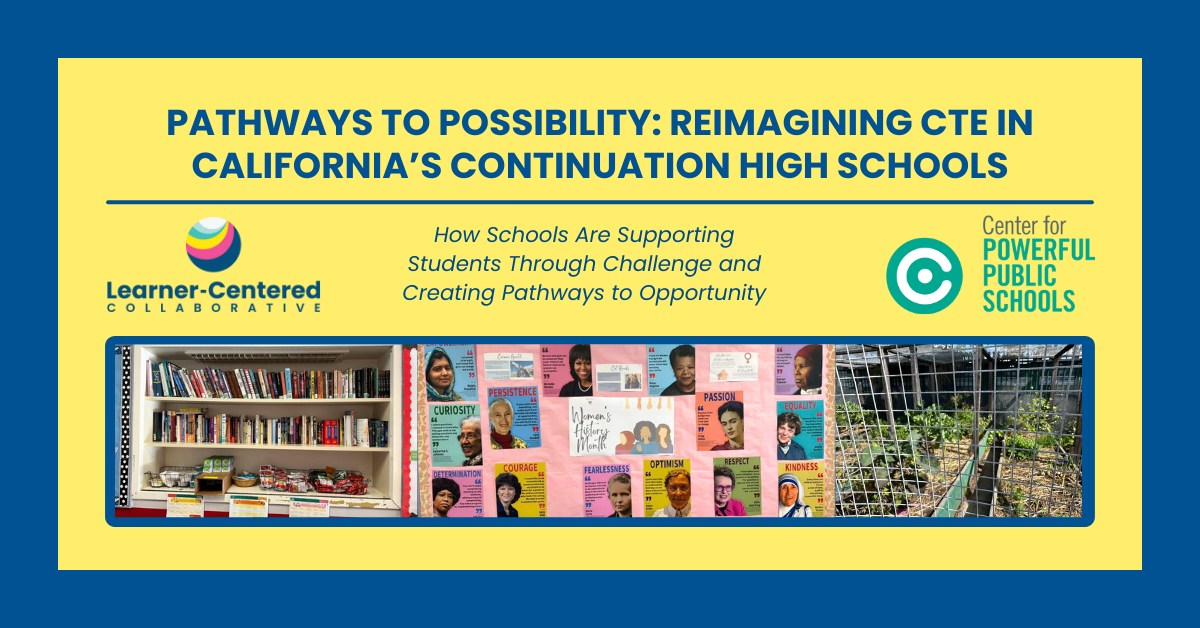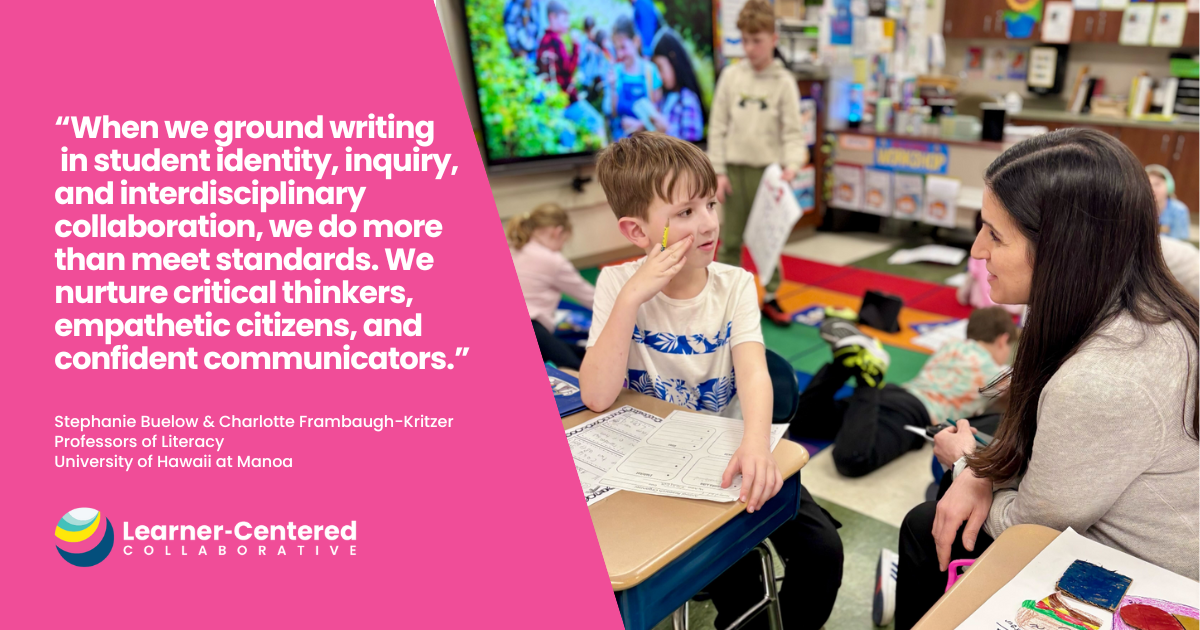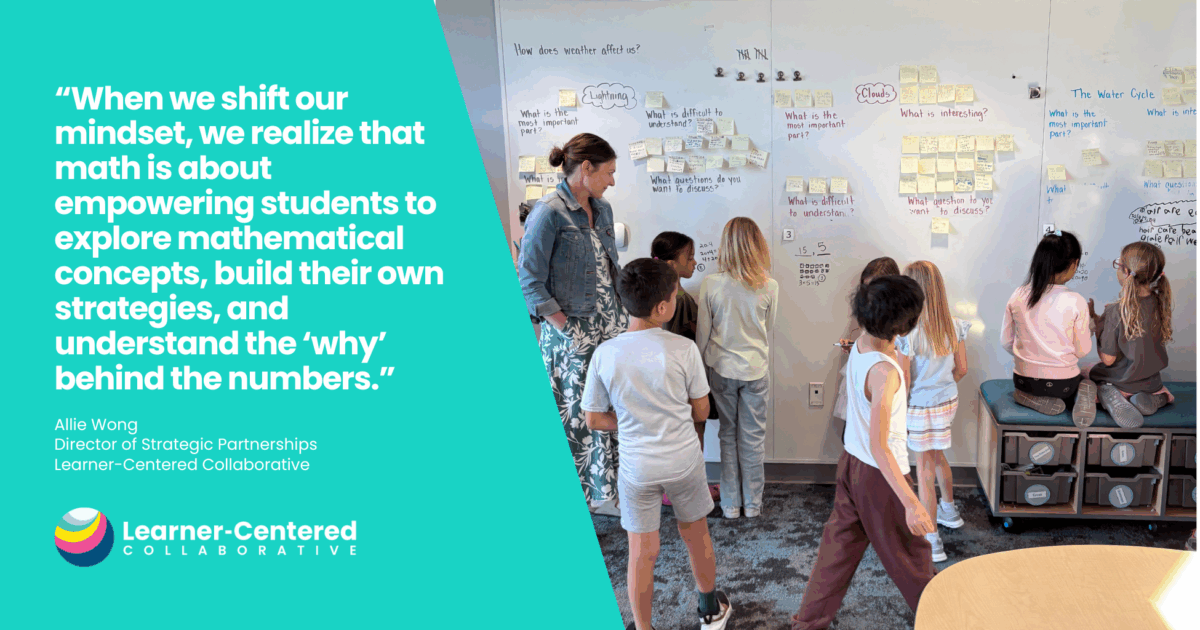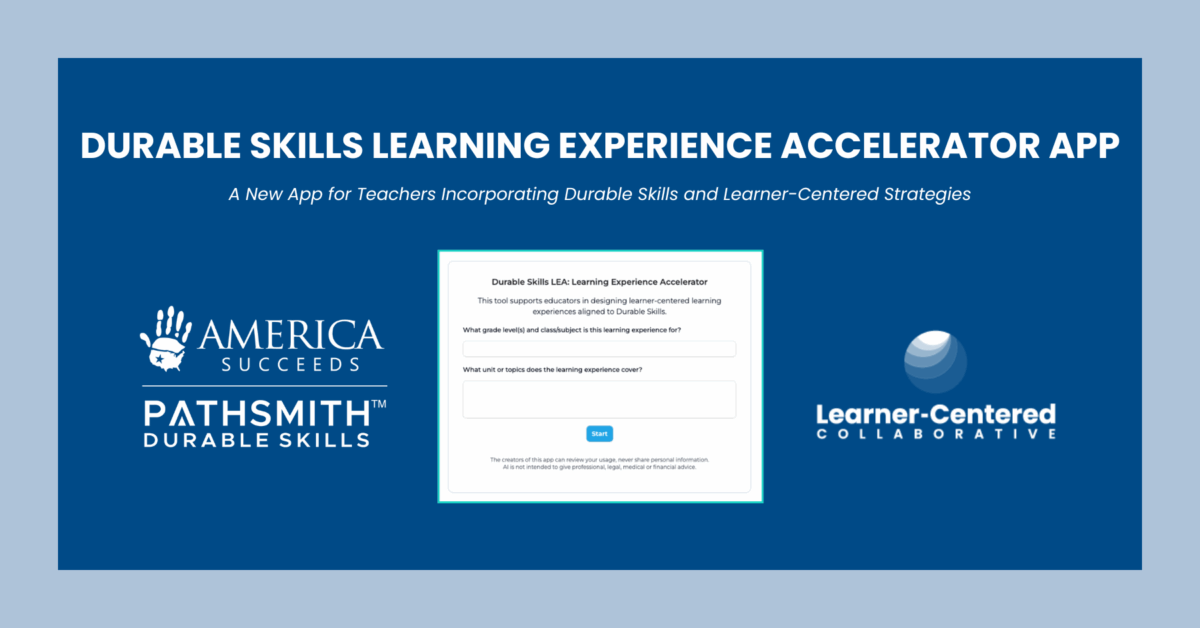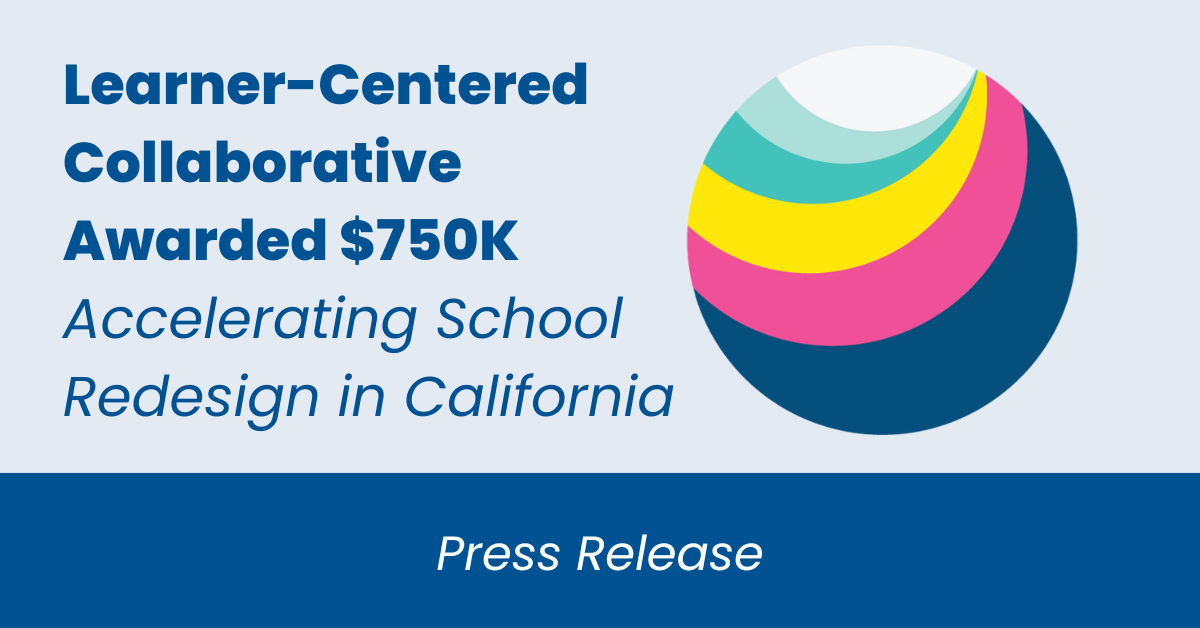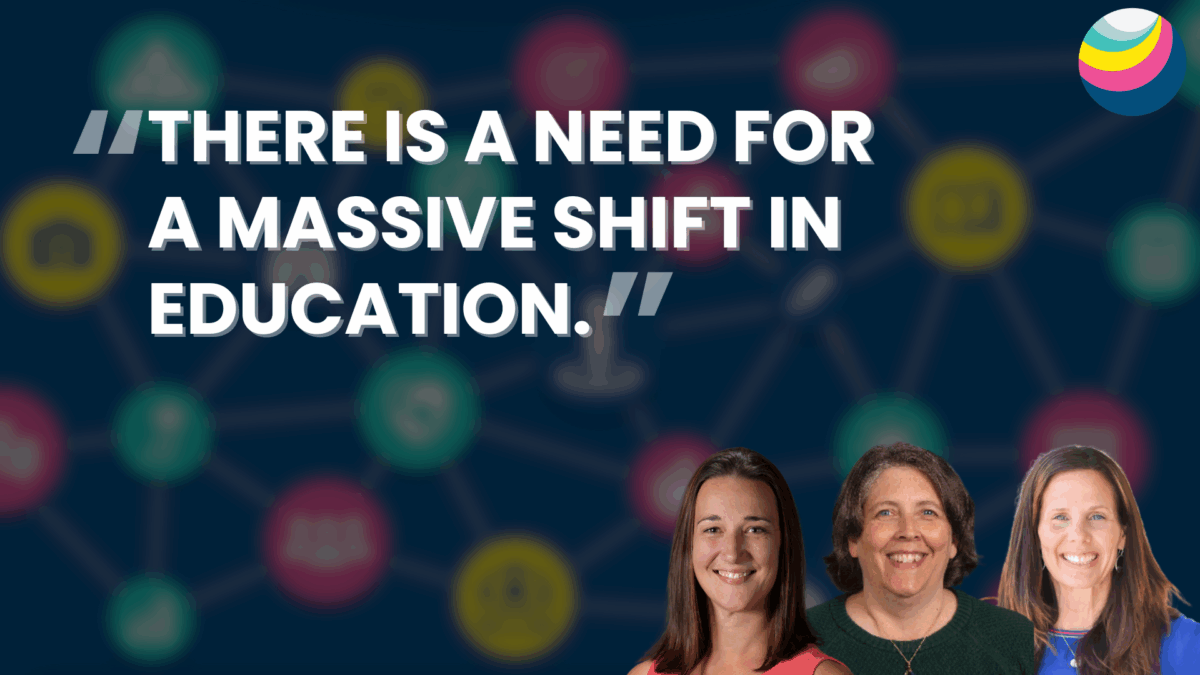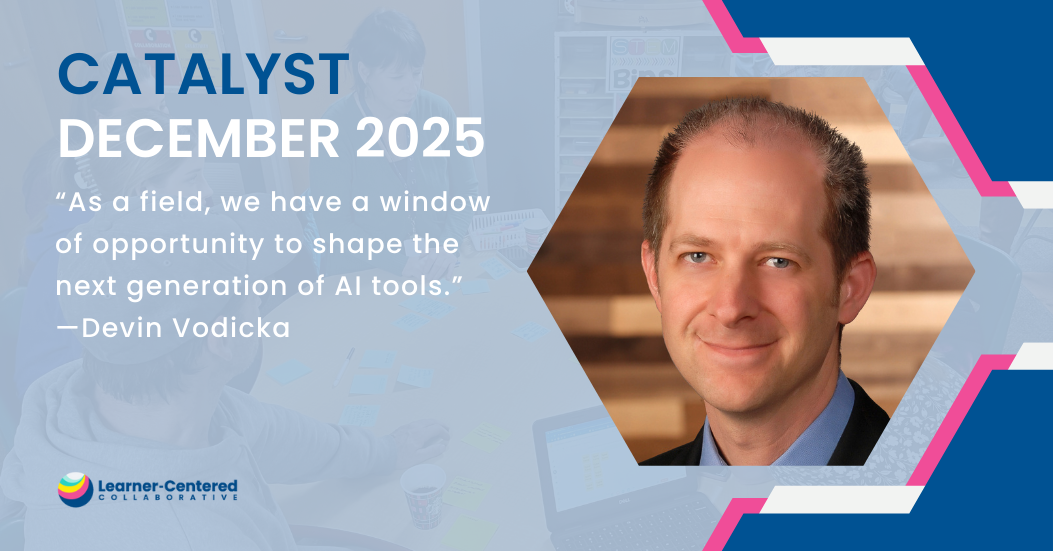See Me, Know Me, Grow Me: Personalizing Learning for Learner Agency and Success

Education is in a constant state of evolution, striving to meet the diverse needs of students in an ever-changing world. However, between 25% and 54% of students feel disengaged in school, with less than half feeling positively challenged or aligned with their strengths (Hrynowski, 2024).
These statistics highlight the urgency of adopting a more personalized approach— one that fosters learner agency, amplifies student voice, and tailors learning experiences to each student’s strengths and passions. By focusing on seeing, knowing, and growing our learners, we can address these challenges and create a more engaging, learner-centered environment (Martin, 2021).
As a teacher and teacher-leader, I’ve had the opportunity to work in learner-centered schools and classrooms and hope to share some of my own and other’s experiences in this work.
See Me: Amplifying Learner Voice
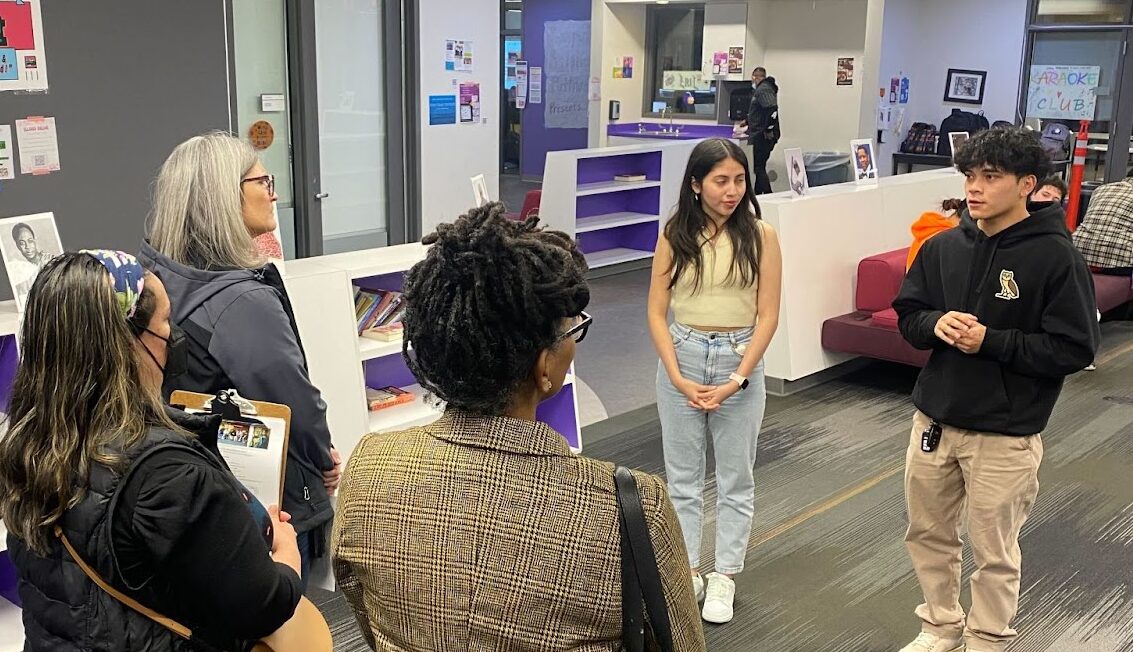
To truly see our students, we must create spaces where their voices are heard and valued. Amplifying learner voice is essential for fostering a sense of belonging and engagement in the classroom.
When I was called to teach Elementary Engineering at an innovative charter school in San Diego, I decided to design a “Dream Classroom” project, where students became the architects of their ideal learning space. It quickly became clear that empowering learners to be decision-makers transformed the classroom into a high-agency environment.
Students actively engaged with one another: older students interviewed younger ones about their dream classroom ideas, while others explored and shared their visions. Together, we designed the classroom layout, determined where materials should be stored, discussed what resources were needed, and brainstormed projects they were excited to tackle. As students shared their ideas and took ownership of their learning space, they also developed a stronger sense of agency, taking on more responsibility for their own learning.

When someone walked into our classroom, they saw students designing their own solutions to problems that mattered to them. They were working individually or collaborating in small groups to find creative answers. The room was alive with curiosity and collaboration. Through this experience, we all learned the value of iteration and failure as natural steps in the engineering process. Engineering and design thinking empowered my students to be problem-solvers—encouraging creativity, testing and improving designs based on peer feedback, and reflecting on their learning journey.
To truly see our students, we must give them the space to develop agency, show us what is important to them, and allow them to take ownership of how and what they learn. By amplifying learner voice, we foster environments where students feel heard, valued, and engaged in their education.

How might you amplify learner voice in your classroom?
Know Me: Customizing the Learning Experience

Personalized learning begins with truly understanding who our students are—their interests, strengths, and passions. Co-creating learning experiences with students not only empowers them but also enriches the curriculum in ways we might not have envisioned on our own.
When I started my career as a middle school teacher, my goal was to create a multimedia curriculum that reflected our design principles of personalization, collaborative design, equity, and authentic work. Early on, I realized that the key to achieving these goals was getting to know my students. By designing with students, rather than for them, I could involve them in shaping their learning experiences, making the content more meaningful and engaging.
One transformative experience occurred during a digital storytelling project I facilitated as part of my multimedia class. This project stemmed from my action research for my Master’s in Educational Leadership, with the central question: “What happens when students use digital storytelling to tell the stories of themselves and others?” I discovered that digital storytelling was a powerful medium for students to express their identities, allowing them to share pivotal moments in their lives through multimedia creation.
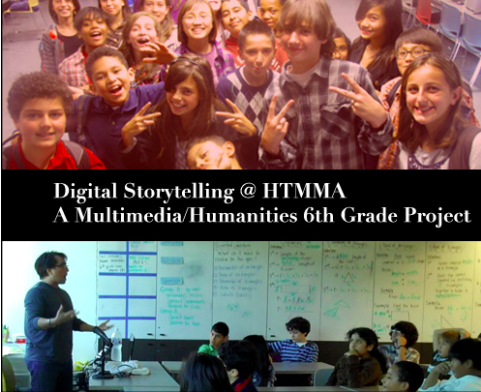
The project involved 6th-grade students creating personal digital stories about their defining moments. The co-design process was key. Students decided which personal stories they wanted to tell, and how they wanted to tell them—using photographs, animation, drawings, or even found footage from the internet. Together, we co-created the rubric for evaluating their work, and students chose the audience for presenting their stories.
Through this project, I gained deeper insights into my students’ lives, and they learned more about themselves and their communities. I went from developing a broad, one-size-fits-all project for 112 students I barely knew, to co-creating meaningful, personalized products shaped by each student’s unique interests, strengths, and passions. Every story shared offered a window into who my learners were, and soon we became a community of storytellers sharing defining moments from our lives.
Once I flipped the script and realized that my primary role as a teacher was to know my students, it unlocked new opportunities for creating meaningful learning experiences and building a true sense of community in the classroom.
How might you create opportunities to co-design with your students this year?
Grow Me: Encouraging Goal Setting and Reflection
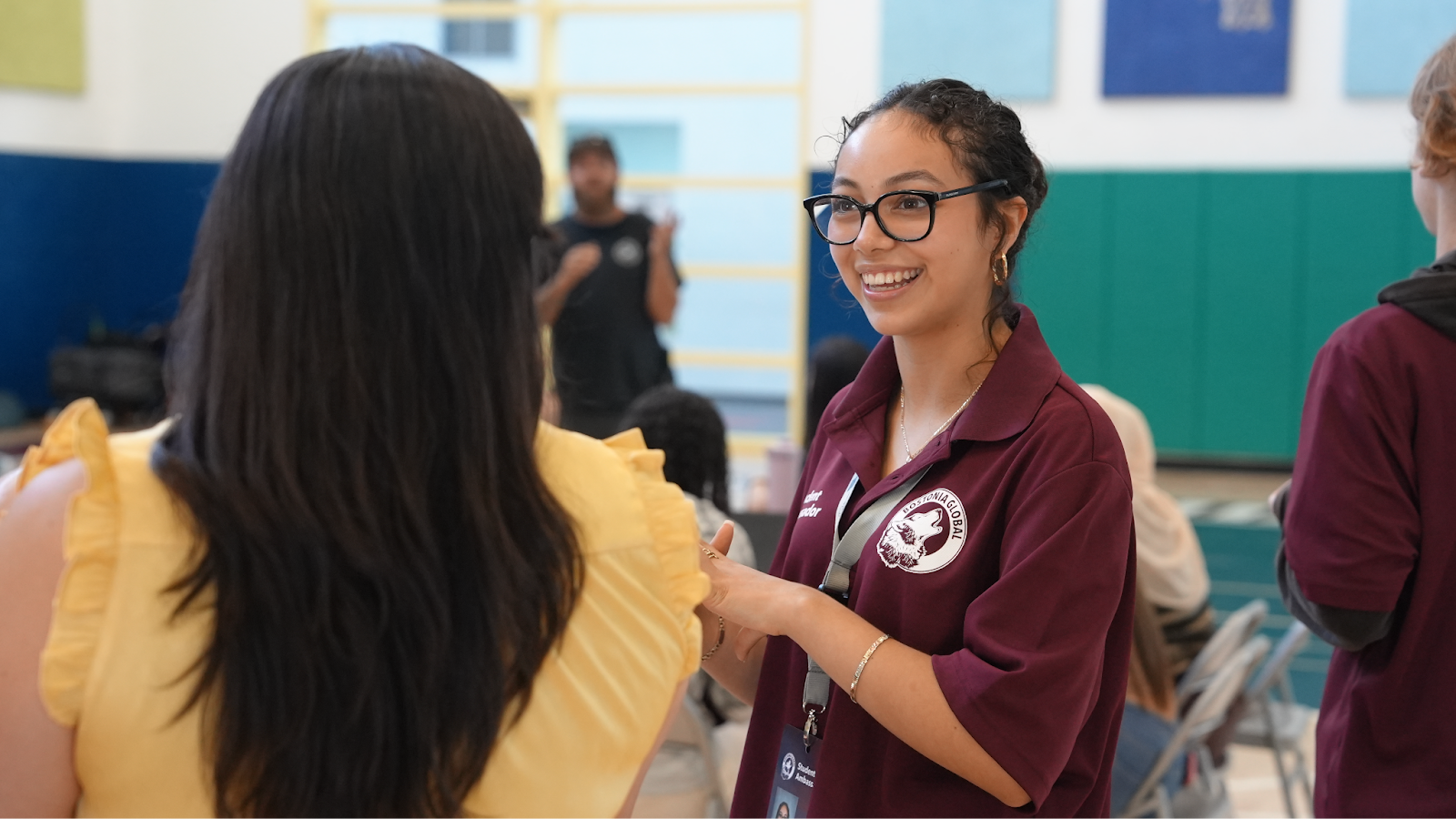
Growing our learners involves helping them set their own goals and reflecting on their progress. This process not only nurtures their academic skills but also their ability to thrive as their best selves. Once students have a voice in the classroom and take ownership of their learning, guiding them through goal setting and reflection helps solidify their growth.
A friend and colleague of mine, Cady Staff Hwang, starts the school year by asking her students to share their hopes and fears. This information is then used to co-create classroom agreements that guide their learning community. Throughout the year, they revisit these goals through a World Cafe (created by Tess Murray), reflecting on their progress and adjusting as needed.

Goal setting and reflection can take many forms—whether through checklists, prompts, or more formal structures like Student-Led Conferences (SLCs), Defenses of Learning, or Portfolios. The key is to provide students with the tools and support they need to monitor their own growth.
How might you encourage your learners to set goals and reflect throughout the year?
Get started with your goal-setting and reflection practice using this free, downloadable goal-setting and reflection tool.
Personalizing the Journey
As we embark on another school year, let’s commit to seeing, knowing, and growing our learners in ways that honor their individuality and potential. By personalizing learning experiences through co-design, developing high agency environments, amplifying student voice, and supporting goal setting, we can help our students become active participants in their own education—ready to thrive in school and beyond. Thank you for all you do to keep your learners’ strengths, interests, and passions at the forefront.
We’d love to hear how you’re bringing these ideas to life in your classroom. Share your bright spots with us, and let’s continue our learner-centered journey together!
References:
Martin, K. (2021). Evolving education: Shifting to a learner-centered paradigm. Impress.
Hrynowski, Z. (2024, March 13). K-12 Schools Struggle to Engage Gen Z Students. Gallup. https://news.gallup.com/poll/648896/schools-struggle-engage-gen-students.aspx
